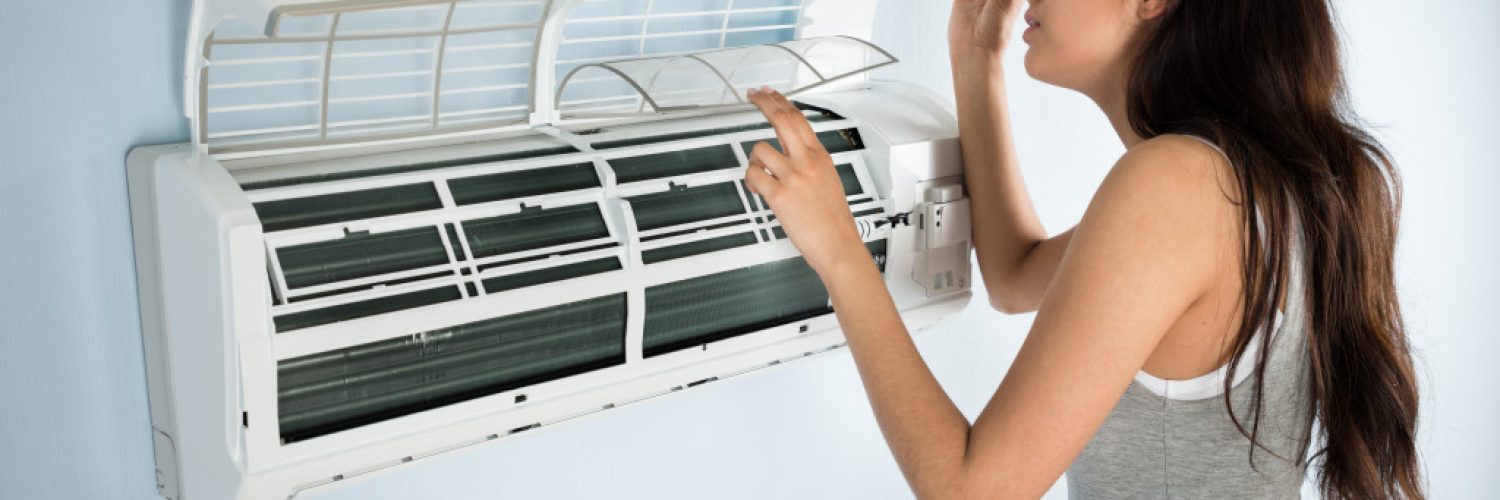• Uneven home temperatures can be caused by poor insulation, HVAC distribution issues, incorrect thermostat placement, and solar heat gain.
• Inadequate insulation can slow heat transfer, keeping your house warm or cool as desired.
• An improperly balanced HVAC system, incorrect thermostat placement, and solar heat gain can all contribute to uneven temperatures in the home.
• Solutions for restoring temperature balance include checking and improving insulation, adjusting air vents, relocating thermostats, installing window treatments, and replacing HVAC systems.
Have you ever walked into a room in your home and suddenly felt chilly, despite the rest of the house being warm and cozy? Or you’ve noticed that some rooms never seem as cool as they should be during the summertime, no matter how low you crank the air conditioning. Uneven home temperatures are an issue that many homeowners face. While some fluctuation in temperature from room to room is normal, significant differences can be frustrating and affect your comfort level at home.
Reasons Behind Uneven Home Temperatures
It is not your imagination. A variety of factors can cause uneven temperatures in the home. Here are some of the most common:
Poor Insulation
One of the primary reasons for uneven home temperatures is inadequate insulation. Insulation is designed to slow heat transfer, keeping your home warm in the winter and cool in the summer. If your home has insufficient or uneven insulation, you may notice that some rooms consistently feel colder or hotter than others.
HVAC Distribution Issues
Another common cause of uneven home temperatures is an improperly balanced HVAC (heating, ventilation, and air conditioning) system. Your HVAC is responsible for heating and cooling your home. If the vents are not properly balanced, some rooms may receive more air than others, resulting in uneven temperatures throughout your house. This can result from various factors, such as ductwork leaks, blocked vents, or a malfunctioning thermostat.
Incorrect Thermostat Placement
Surprisingly, your thermostat’s placement can significantly impact your home’s temperature balance. Your thermostat should be installed in a central location, away from direct sunlight or heating/cooling vents, and not close to any appliances that generate heat. If your thermostat is placed in an area influenced by external heat or cold sources, it may read the temperature inaccurately, causing your HVAC system to work inefficiently.

Solar Heat Gain
Do some rooms in your home receive more sunlight than others? If so, solar heat gain could contribute to your home’s temperature imbalances. Rooms with large windows or those that face the sun for long periods during the day can become significantly warmer than other areas of your home.
Aging HVAC System or Inefficient Furnace
Finally, your home’s temperature imbalances could be due to an aging or inefficient HVAC system, including your furnace or air conditioner. Over time, these units can lose efficiency, which results in uneven heating and cooling. If your HVAC system is over 15 years old or you’ve noticed a steady decline in performance, consider upgrading to a newer, more energy-efficient unit.
What to Do About Uneven Home Temperatures
Once you’ve identified the cause of your uneven home temperatures, it’s time to figure out how to fix the problem. Here are some proven solutions for creating temperature balance in your home:
Check and Improve Insulation
If your insulation is inadequate or has settled over time, it could lead to temperature imbalances in your home. Check the insulation levels in your attic, basement, and walls, and ensure it is evenly distributed throughout the house. Add more insulation or repair damaged areas to improve your home’s temperature balance if needed.
Adjust Your Air Vents
If uneven air distribution from your vents contributes to your temperature imbalance, you may be able to adjust the registers yourself. Carefully examine each air vent and make necessary manual adjustments for better airflow. You may enlist professional help from yougetmoore.com, which offers various HVAC maintenance services, to ensure the job is done correctly and quickly.
Relocate Your Thermostat
If your thermostat’s location contributes to temperature imbalances in your home, it can easily be moved to a more suitable spot with minimal effort. Ensure you choose a central location for the thermostat, away from windows and other heat sources.
Install Window Treatments

Consider installing window treatments such as blinds or curtains to reduce solar gain in the rooms that receive more direct sunlight. You can also choose energy-efficient windows, made of materials that reflect heat, to help keep your home at a steady temperature. This will help keep these rooms cooler by blocking out some sun rays during hot summer days.
Replace Your HVAC System
If your HVAC system is over 15 years old or has been declining in performance, it may be time to replace it. A newer, more efficient HVAC unit can help create temperature balance throughout your home and drastically reduce energy bills.
Uneven temperatures in the home can be frustrating, but with a little effort and the right know-how, you can restore balance to your home. By addressing the problems immediately, you can create a comfortable and cozy atmosphere for yourself and your family. With these solutions, restoring temperature balance in your home is easier than ever!

